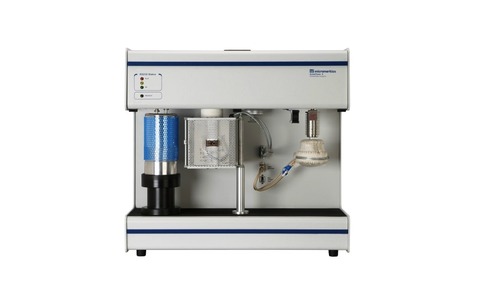
If you want to fully characterise a catalyst you could send it away to the appropriate laboratory for analysis, and wait for days worrying about the cost. Or you could invest in your own catalyst laboratory.
The AutoChem II 2920 from Micromeritics is a catalyst characterisation laboratory packed into just one cabinet.
The AutoChem II 2920 is therefore ideal for:
- pulse chemisorption
- temperature-programmed reduction (TPR)
- temperature-programmed desorption (TPD)
- temperature-programmed oxidation (TPO)
- reaction analyses
What’s more, the AutoChem II 2920 does all this automatically.
If you need to determine a range of catalytic properties of your catalysis, such as percent of metal dispersion, acid strength, active metal surface area, surface acidity, distribution of strength of active sites and BET surface area, then the AutoChem II 2920 might be exactly what you are looking for.
The 2920 features four internal temperature-controlled zones all of which can be heated separately up to 150 °C.
This will prevent condensation in the flow path as well as allowing studies to be performed with vapours.
There is actually an optional Vapour Generator to allow analysis using vaporised liquids in an inert carrier stream.
The four high-precision mass flow controllers allow extremely accurate and programmable gas control with a stable baseline and precise gas volume measurement. The low internal plumbing volume also reduces error in gas volume calculation, as well giving a fast detector response and higher resolution.
Meanwhile, the linear thermal conductivity detector (TCD) is highly sensitive and makes sure that the calibration volume remains constant over the full range of peak amplitudes, ensuring that the area under the peak is directly proportional to the volume of gas reacted.
The ’Clamshell’ design of furnace means that the quartz sample reactor can be heated to 1100 °C.
Whatever the required ramp rates and sequences you require; the AutoChem II 2920 will give you the required flexibility, while the ’KwikCool’ feature will rapidly cool the furnace temperature down to near ambient, resulting in reduced analysis time and increased throughput.
Thanks to the optional Cryocooler you can even start your analysis at sub-ambient temperatures, if required.




